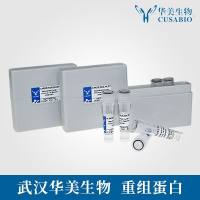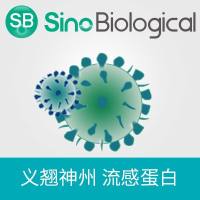Fluorescent Amplified Fragment Length Polymorphism Genotyping of Bacterial Species
互联网
互联网
相关产品推荐

Recombinant-Human-Tetraspanin-31TSPAN31Tetraspanin-31; Tspan-31 Alternative name(s): Sarcoma-amplified sequence
¥10654

Hemagglutinin/HA重组蛋白|Recombinant H3N2 (A/Switzerland/9715293/2013) HA0 Protein (full length)
¥1790

Dihydrorhodamine 123,109244-58-8,Cell-permeable fluorogenic probe that is useful for the detection of reactive oxygen species (ROS) such as peroxide and peroxynitrite.,阿拉丁
¥3862.90

Fibronectin重组蛋白|Recombinant Human Fibronectin / Fibronectin Fragment 2 Protein (His Tag)
¥1920

Bacterial Protein Extraction Kit,100 preps,阿拉丁
¥747.90

